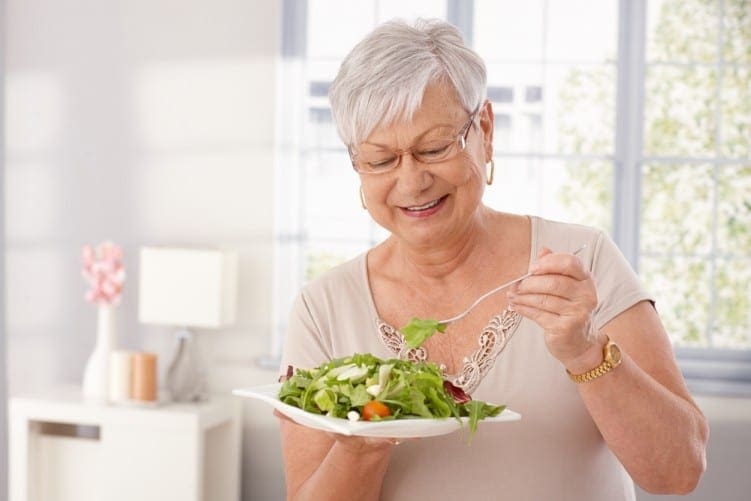Most people think it’s just skinny 16-year-olds that develop anorexia nervosa and teenagers of all sizes that develop bulimia. ED (eating disorder) is a restless lover, attracted to potential lovers of all ages. And he’s made unconfined inroads with women in midlife and beyond.
According to the International Journal of Eating Disorders, 13% of women over the age of 50 engage in eating-disordered behaviors. That’s well-nigh the same number as teenagers who show patterns of matted eating.
So, do you think well-nigh supplies too much? Do you shy yonder from looking at yourself nude in the mirror? Do you use supplies to cope and self-soothe? Is your self-worth tied to the needle on the scale? Do you think your life would transpiration for the largest if you were thinner?
Weighing in on ED
The media and our culture promote a feeling that our persons are not good unbearable – we need flatter tummies, firmer breasts and tauter arms.
We live in a time when stuff thin is equated with moral superiority. And we have an unhealthy zipper to the needle on the scale – often equating our weight with our self worth.
I have a vested interest in the topic of bulimia considering I spent 46 years of my life bingeing and purging nightly. The wordlist definition of bulimia is “a unvarying starving for food; a serious eating disorder that is characterized by compulsive overeating usually followed by self-induced vomiting.”
That aptly describes my policies – it was just what I did to reward myself at the end of the day for getting through the day – with grace, nobility and ‘perfection.’
There was moreover a plethora of things I wasn’t doing during that span of decades. I wasn’t:
- Distinguishing between emotional and physical hunger.
- Able to self-soothe.
- Attuned to the triggers that set off a binge.
- Developing coping skills, working through dilemmas or refining tools of wrongness management.
- Aware of the concept of Intuitive Eating – eating what your soul naturally hungers for.
Midlife Eating Disorders, notes there are three worldwide scenarios of matted eating in older women:
- Those who had an eating disorder in youth and got better, only to relapse in later life.
- Those who develop an eating disorder for the first time in later life.
- Those, like me, who are chronically eating-disordered women.

Gaining Perspective
In my book, The Secret Life of a Weight-Obsessed Woman – Wisdom to Live the Life You Crave, I explore my journey, whence with falling into the womb of bulimia as a sophomore in higher to its unreticent end of destruction six years ago.
I talk well-nigh what it feels like to hibernate a shameful secret, to know your outside is out of sync with your inside, to know you are living a lie and presenting a fraudulent front to the world.
I talk well-nigh facing my addiction, re-learning healthy habits and sharing my shame-filled policies with those I love most. I talk well-nigh the toll my tendency had on my first marriage and how it scrutinizingly destroyed my second.
I explore the triggers most identified with an uptick in matted eating patterns in women in mid-life and beyond. And there are many, including the death of a loved one, empty nest/boomerang kids or care-giving pressures.
Other triggers include white-haired and unthriving health issue, retirement or job loss, divorce, geographical loftiness from family and friends or financial woes and pressures.
Going Forward
Seeking professional help when a problem is too tough to handle is flipside key component to a zestful, engaged life. My own therapeutic treatment helped me take the steps to unravel self-ruling of my lover ED.
Professional help unliable me to squint at supplies as nourishment to fuel my body, not my soul. Professional help taught me how to utilize the love and support of my family and friends to propel me toward greater emotional and physical wellbeing.
There is certainly no treason in wanting to squint the weightier that we can – at every age. And that is still very important to me, too.
The rencontre for us all, as we grow older, is to find healthy ways to stay vibrant and attractive. If by chance, we are challenged in that process and fall into addictive, self-destructive patterns of behavior, we must know we are not alone.
Treatment centers, websites, psychologists and books offer a pathway out of the hell of an eating-disordered world.
Most of all, I want my story of bulimia – my journey and my recovery – to act as an inspiration to anyone with something in their life that is preventing them from operating at full throttle.
My wits illustrates that we can be our own wage-earner of positive change. We can unyoke the harness and unravel self-ruling of the villenage to reach a state of equilibrium. Recovery is possible – at any stage and at any age. We just need to reach out for help. And hold on tight.
